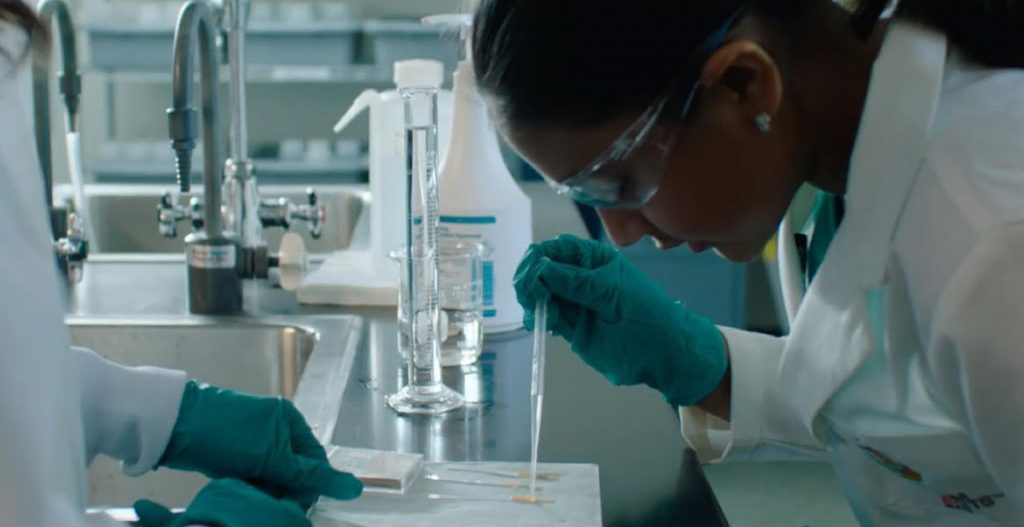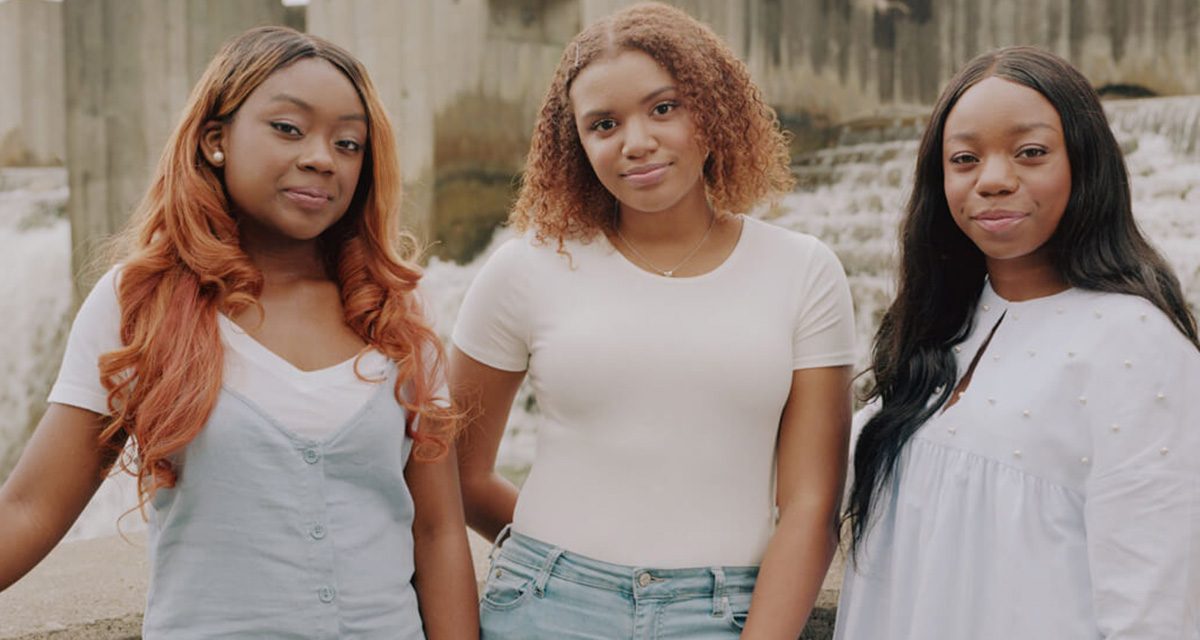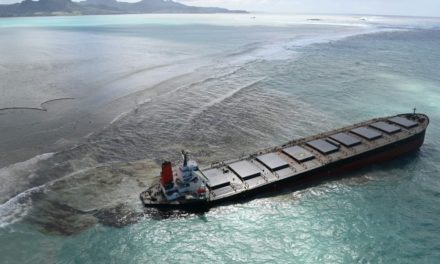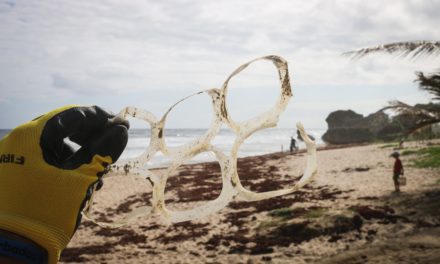An activist, an inventor, trio of engineers and an entrepreneur, with ages ranging from only 11 years to 17 years old, young girls, who took the initiative to solve a problem affecting everyone – lead infused water in the city of Flint, Michigan and 30 other cities in the Unites States. Inspirational women with amazing stories:
Gitanjali Rao, problem solver, serial inventor –
No problem is big enough for 13-year-old Gitanjali. She doesn’t relax unless she has a solution, whether that’s coming up with new gene editing methods to combat the Zika virus or building a better black box flight recorder or the most prominent one – a tool to test the lead content of water using Android technology. Her family, like many others tested their own water. The test was expensive and took 2 weeks. It didn’t take Rao to realise that a cheaper and more efficient solution was the need of the hour.
With help from a lab manager, Selene Ruiz, she developed “Tethys”, which can detect the level of lead in tap water within minutes and send the information to your mobile phone. Ruiz believes that Rao’s embrace of cutting-edge technology and fearless curiosity inspires us to see what’s possible.
Doll Avant, The Entrepreneur-
While researching business opportunities involving water quality, Doll Avant had a nasty shock, her father was diagnosed with diabetes. This was a shock as her father had lived a healthy lifestyle and had retired only very recently. She wondered if there was something in the water that was affecting her father. As his condition worsened, she discovered an obscure link between arsenic and diabetes. She didn’t have to wait long for this to be confirmed when she saw the recent water reports, however, her father was already too sick. Her father’s death spurred Doll on and she began to research fiercely. She discovered that 3000 more areas in the United States with higher lead levels in their water than Flint, Michigan. Millions of people were unaware of the waterborne toxins they were digesting and the danger of long-term exposure to lead in water. This led to the creation of “Aquageniuty” the world’s largest water database. One must put in their address and for how long he/she has been living there and the system would give directions to detoxify the water and how to get rid of certain metals if present in the water. Doll Avant, unlike others, had personal reasons that spurred her on to fight the injustice of contaminated water in the United States and fought it by creating the world’s largest water database.

Mari Copeny, The Activist
Mari Copeny, Little Miss Pageant in 2015, a star in the eyes of Flint, but she didn’t use the popularity for herself to her own advantage. She used it to raise her voice as a channel communicate between the police and the public, to raise awareness about one of the most prominent water problems in the USA: lead contamination in water, specifically in her region, Flint, Michigan.
When Little Miss Flint’s skin started to hurt when she had long showers and her siblings got rashes, she knew that something needed to be done. She used her title to spread the word and even wrote to President Obama requesting a visit to discuss the Flint, Michigan issue next time she came to Washington D.C. Instead, the President came to Flint, Michigan to discuss matters with her, which was followed by increased help and awareness towards the issue.
S3 Trio, The Engineers:
Mikalya Sharrieff, India Skinner and Bria Snell – young girls in high school.
Their In3 mentor, Marissa Jennings suggested that they compete in a NASA contest- the Optimus Prime spin-off Promotion and Research Challenge [OSPARC] – the girls were excited to develop a “spin-off” of an excellent NASA technology.
The girls’ school water fountains were covered in plastic bags as the school’s water supply was polluted due to construction works. This combined with the fact that bottled water was being distributed in Flint, Michigan and Baltimore, Maryland neighbouring schools, they knew that water filtration was part of a bigger problem. Inspired by NASA’s filtration process, the girls wondered how astronauts can drink recycled urine, whereas schools’ water fountains aren’t free of toxins.
They developed a prototype which uses a small fan to push toxins through a filter. pH-balance strips in a clear tube show balanced pH level demonstrating that the water is clean. The S3 Trio, they call themselves won second place overall.
The 6 women of water thought of solutions and took the initiative to do something about an issue affecting thousands, when nobody else was responding and for that reason alone, they are indeed “today’s wonder women”!]]>
- What’s Happening in Yemen? - 28th June 2019
- World Facing ‘Climate Apartheid’ According to UN Expert - 25th June 2019
- Enabling Women - 4th January 2019






